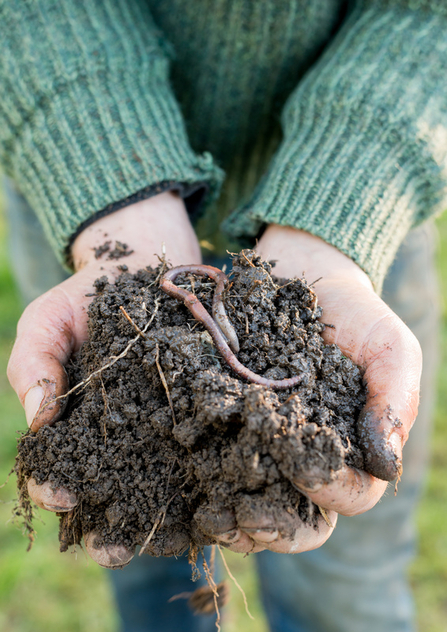Six years since the Referendum on the EU, Brexit remains almost as divisive and uncertain as ever. But one thing that many Brexiteers and Remainers were united on was the opportunity to reform the outdated, expensive and unpopular Common Agricultural Policy (CAP). Everyone had their own reason to dislike this huge and complex beast. Farmers loathed its bureaucracy and inflexibility. Treasury officials gulped at the size of the bill. Environmentalists were appalled at the huge damage to wildlife that was at least partly driven by the regime over many decades.
The government’s vision for a new, post Brexit approach to agriculture was first set out in its paper the Future of Food, Farming and the Environment in 2018. It included proposals for a new Environmental Land Management Scheme (or ELMS) promising greater simplicity, a fairer system, more reliance on environmental outcomes and crucially, a strong focus on public money for public goods. Under the new scheme, Basic Payments would be phased out between 2021 and 2027. These payments made up 88% of subsidies and have been allocated to landowners on the basis how much land they own.
To an environmentalist at least, it all sounded very promising! Some elements, such as the new Landscape Recovery Scheme, certainly sound exciting, although little is known of the detail. But as high level rhetoric has become translated into policy details, increasing concern has been voiced from all sides. The Sustainable Farm Incentive (SFI) – the base level of the scheme that it was hoped would be available to all farmers and help them transition to more sustainable land management practices – is unambitious, unclear and unappealing as the payment levels are far too low. It’s hard to see how the SFI as currently set out would lead to any changes in practice, even if farmers were to take it up.


